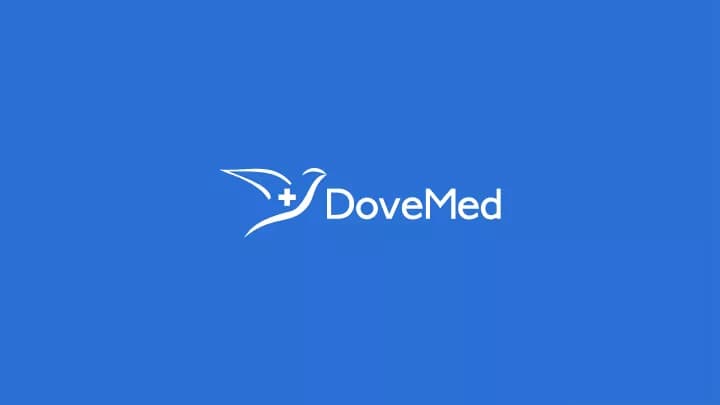
Axonotmesis: Understanding Nerve Injury Classification and Treatment
Introduction:
Axonotmesis is a type of peripheral nerve injury that involves damage to the nerve fibers while preserving the surrounding connective tissue. It is important to understand the classification and treatment options for axonotmesis to promote optimal recovery. In this article, we will discuss axonotmesis, its causes, symptoms, classification, and treatment.
Causes:
Axonotmesis can result from various causes, including trauma, compression, or stretching of the peripheral nerves. Common causes include sports injuries, automobile accidents, falls, and direct trauma to the affected area.
Symptoms:
The symptoms of axonotmesis can vary depending on the location and extent of the nerve injury. Common symptoms may include:
- Loss of sensation in the affected area
- Muscle weakness or paralysis
- Tingling or numbness
- Pain or discomfort
- Impaired motor function
Classification:
Axonotmesis is classified according to the severity of nerve injury. The Sunderland classification system is commonly used and consists of five degrees:
- Sunderland Grade 1: Neurapraxia, where the nerve fibers are temporarily disrupted but have the potential to fully recover.
- Sunderland Grade 2: Axonotmesis, where the nerve fibers are damaged, but the surrounding connective tissue remains intact. Recovery is possible, but it may require time and treatment.
- Sunderland Grade 3: Endoneurium disruption, where the connective tissue surrounding the nerve fibers is damaged. Recovery may be limited and may require surgical intervention.
- Sunderland Grade 4: Perineurium disruption, where the protective sheath around the nerve bundle is damaged. Surgical repair is often necessary for recovery.
- Sunderland Grade 5: Epineurium disruption, where the outermost protective layer of the nerve is damaged. Extensive surgical repair is typically required, and functional recovery may be limited.
Treatment:
The treatment of axonotmesis depends on the severity and location of the nerve injury. Some treatment options may include:
- Observation and conservative management: In less severe cases, close monitoring and non-surgical management, including immobilization, physical therapy, and pain management, may be sufficient.
- Surgical intervention: In more severe cases, surgical exploration, nerve repair, or nerve grafting may be necessary to restore nerve function and promote recovery.
- Rehabilitation: Physical therapy and occupational therapy can help restore function, improve muscle strength, and enhance overall recovery.
Conclusion:
Axonotmesis is a type of peripheral nerve injury that involves damage to the nerve fibers while preserving the surrounding connective tissue. Understanding its causes, symptoms, classification, and treatment options is crucial for optimal recovery. If you suspect you have axonotmesis or have experienced nerve injury, it is important to seek medical attention for proper diagnosis and appropriate treatment.
Hashtags: #Axonotmesis #NerveInjury #PeripheralNerves #SunderlandClassification #Neurapraxia #NerveRepair #NerveGrafting #Rehabilitation
Related Articles
Test Your Knowledge
Asked by users
Related Centers
Related Specialties
Related Physicians
Related Procedures
Related Resources
Join DoveHubs
and connect with fellow professionals



0 Comments
Please log in to post a comment.